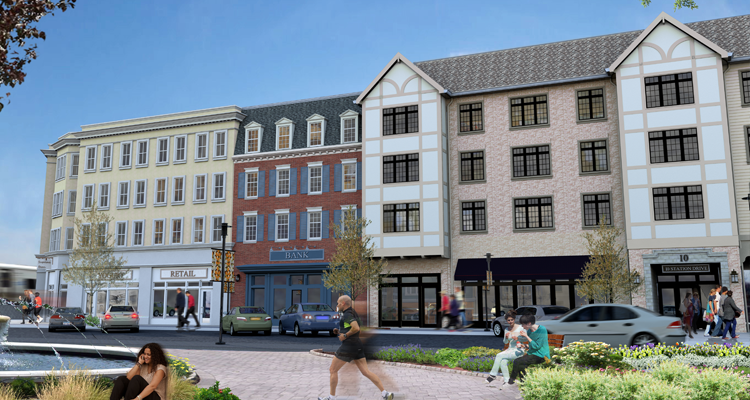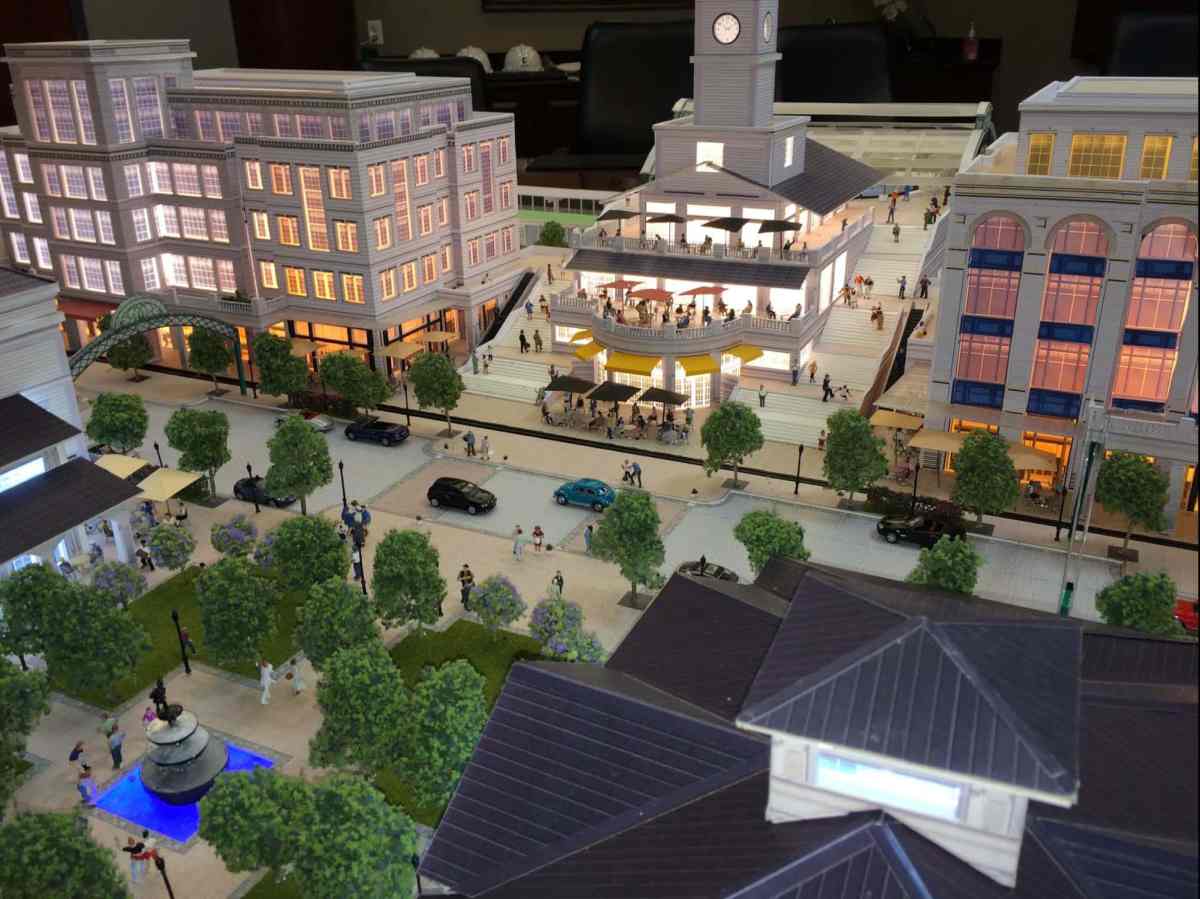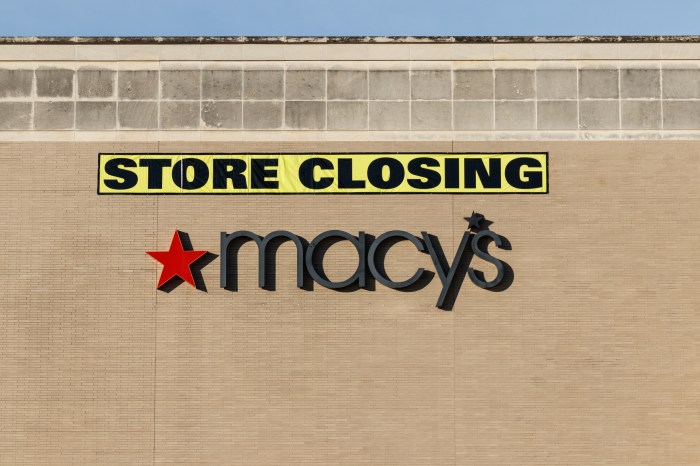Mixed-use developments that blend housing and commercial real estate long built separately on Long Island are transforming not only the region’s communities and downtowns, but also its biggest industrial park, experts say.
While transit-oriented housing — apartments within walking distance of Long Island Rail Road stations and other transportation hubs — has made inroads in recent years, plans are now in the works to construct such buildings in the Long Island Innovation Park at Hauppauge.
“It is the most exciting project I’ve been involved in in my career,” Joe Campolo, a board member of the Hauppauge Industrial Association of Long Island (HIA-LI), told attendees of the group’s annual trade show, which was held virtually Wednesday and Thursday.
The HIA-LI changed the name of the Hauppauge Industrial Park to the LI Innovation Park last year as part of its plan to reimagine the business district — the second largest industrial park in the nation after Silicon Valley — and foster the next generation of technology companies. The apartment component of that plan was hatched for the same reason local municipalities are embracing mixed-use developments: to offer affordable housing to stem the Brain Drain — the Island’s young professionals moving away due to the high cost of living.
Sixty-seven percent of millennials — people born between 1981 and 1996 — are thinking about moving off LI, according to a nextLIstudy, yet millennials will make up 75 percent of the workforce in the next five years, a Deloitte survey found, noted Terri Alessi-Miceli, president and CEO of HIA-LI.
“It’s critical to build places for them to live, to work, to play,” she said.
The HIA-LI housing plan advanced earlier this year when the Town of Smithtown reclassified zoning in the industrial park, allowing developers to apply for special exemptions to construct apartment buildings with ground-level retail space. Campolo, who’s also managing partner of Campolo, Middleton & McCormick, LLP, a Ronkonkoma-based law firm, said the change could lead to as many as 1,000 apartments in the industrial park. Plans also include a greenway connection, quality-of-life amenities, business incubators, an advanced manufacturing hub, and a workforce training center that will address filling job openings in biopharma and finance, among other issues.
Campolo shared details of the project during a HIA-LI trade show webinar titled Long Island Transformational Projects: Economic Growth for Business and our Economy, which offered an update on some of the region’s largest mixed-use developments.

DEMAND OUTPACING SUPPLY
The gap between the number of housing units needed and available on the Island is forecast to nearly double over the next decade from more than 51,000 five years ago, according to Robert Coughlan, co-founder of TRITEC Real Estate Company, an East Setauket-based developer.
Yet TRITEC, one of the region’s leading mixed-use housing builders, has added just 2,531 new multi-family home units to the region in Patchogue, Ronkonkoma, Lindenhurst, and Port Jefferson that were the culmination of 17 years of work, he added. Despite the progress, community opposition persists from anti-development Long Islanders known for Not In My Backyard sentiment, commonly known as NIMBYs.
“NIMBYism … is usually led by, in our humble opinion, misinformed and misguided people and groups,” Coughlan said. “Often these people are the same people that are getting up at public hearings and saying, ‘our prices are too high on Long Island, our taxes are too high’ … They often don’t realize that multi-use housing in their neighborhoods will raise the value of their own homes and provide alternatives for their family members.”
He pointed to historical shifts in local housing needs. Forty years ago, more than half of households on LI were nuclear families — couples and their children — and households of single people living alone made up about 10 percent of the population. Now, nuclear families make up about a third of households and singles comprise a quarter. The population shift drives the need for more multi-family housing.
“If we don’t increase supply to meet demand, we will chase populations away,” he said.
Of course, erecting apartment buildings doesn’t happen overnight. It can take millions of dollars and three to five years of planning before even getting approval to start construction, he noted. New Village at Patchogue took eight years to get done before it opened in 2014.
Russell Albanese, chairman of The Albanese Organization, the Garden City-based developer behind the Wyandanch Rising project that is midway through building the Wyandanch Village development, added that government backing is key to getting anything this big completed.
“You cannot build affordable housing without an [industrial benefit agency] benefit for a project and you can’t do it without New York State and their housing programs,” Albanese said. “It’s very challenging but also there’s great reward in being involved in community building like this.”

ACCELERATED TRANSFORMATION
The change in LI’s housing landscape comes not only amid a demographic shift, but also a confluence of economic, social, and governmental changes rippling across Nassau and Suffolk counties since the coronavirus pandemic arrived.
The changes include an increased residential real estate demand as New York City residents move to the Island to flee the virus, an accelerated shuttering of retail storefronts as shoppers were forced to buy online to avoid COVID-19, and the rise of local government agencies modernizing their building permit application processes with online meetings as public gatherings are limited, noted Mitch Pally, CEO of the Long Island Builders Institute.
Pally added that the changes come as the New York Islanders are midway through the construction of their new home, UBS Arena, being built at Belmont Park in Elmont, which will both bring the team home to LI after a stint in Brooklyn and allow fans to take the LIRR to see games — something that was not possible when the team played at Nassau Veterans Memorial Coliseum in Uniondale.
“In two years, you’ll be able to … walk out of either Bob Coughlan’s TRITEC apartment in Ronkonkoma or Russ Albanese’s Wyandanch apartment and go to the Islander game by train,” Pally said. “What a transformation of Long Island that will be for people in Suffolk County to be able to get to and from the new Islander facility at Belmont by train. It will transform the relationship with the Islanders with many people who either cannot get there or don’t want to drive there.”






























